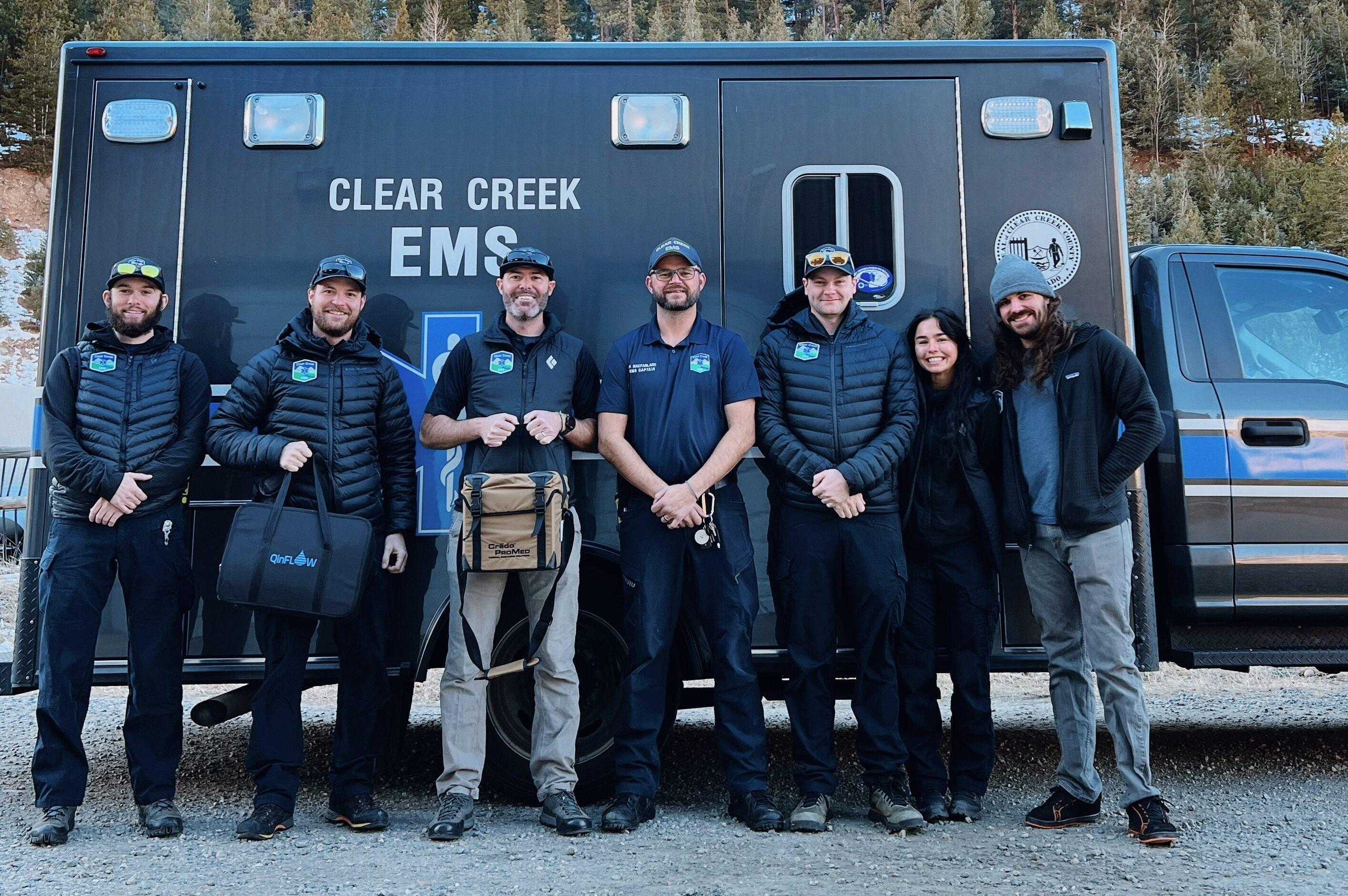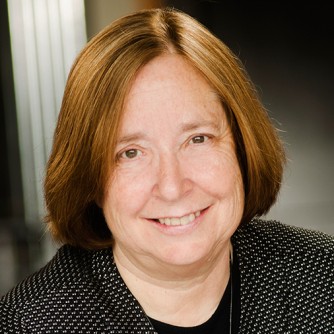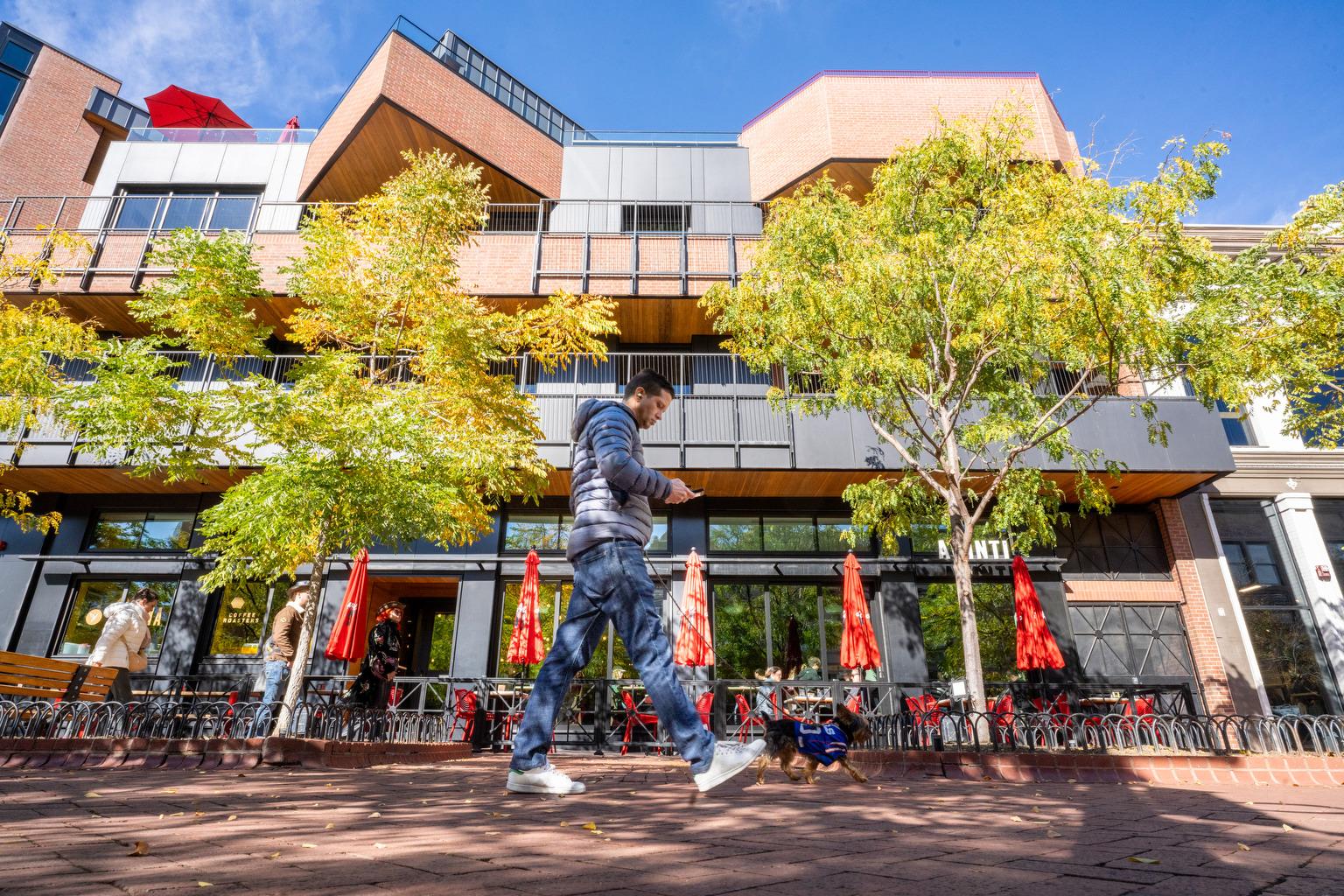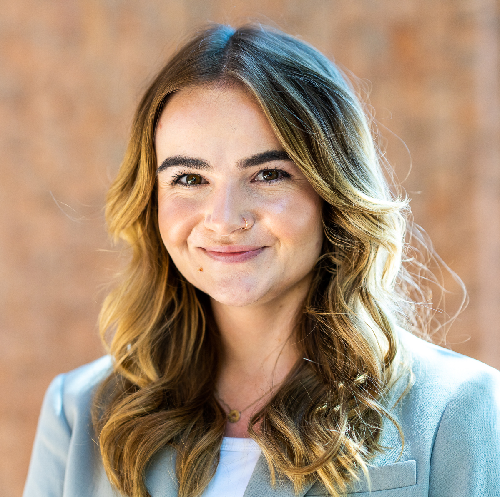This week on Looking Up Hal informs us of a relatively 'new' constellation. It's called Sculptor.
Today let’s do something a little different. In past episodes of Looking Up, we talked about bright and shiny things up in the sky. We talked about constellations like Orion and Ursa Major, that shine brilliantly in the southern Colorado sky. But today let’s talk about the constellation you likely have never heard of, and very likely have never seen, the constellation known as Sculptor.

Sculptor is interesting for a couple of reasons. It’s one of the new constellations. And by new, I really do mean new, at least astronomically speaking. Sculptor is one of 14 constellations created by a French astronomer in the mid-18th century. This means there is no mythology at all associated with any of these 14 new constellations. They tend to be named after what this guy thought they looked like.
And this astronomer originally said that Sculptor looked like a Sculptor’s studio to him. To me, however, it mostly looks like a capital J, lying on its side. And it’s dim. There are simply no bright stars in it. So why are we even talking about it?
Well, there are a couple of interesting things about it. It is technically a constellation in the southern hemisphere, but we are able to see it here in southern Colorado during Fall and Winter months, low in the southern sky. And Sculptor also contains the southern Galactic pole, which means that the axis of our Milky Way galaxy passes through Sculptor. The northern Galactic pole, by the way passes through the constellation Coma Berenices, high in the northern sky.
There are no Messier objects in Sculptor, nor are there any meteor showers associated with the constellation. But there are six stars known to have planets within the borders of Sculptor, as well as other stars that are interesting in their own right. Alpha Sculptoris, the brightest star in the constellation, is an unusual blue – white giant star, that burns very hot – at least three times hotter than our Sun, and is almost 2000 times brighter. So if you’re planning to visit, be sure to pack your SPF 1 million sunscreen.
If you’d like to take a closer look at the Sculptor constellation, or any of the other wonderful and amazing things in the sky, please visit CSASTRO.org for a link to information on our monthly meetings and our free public star parties!
This is Hal Bidlack for the Colorado Springs Astronomical Society, telling you to keep looking up, Southern Colorado!








